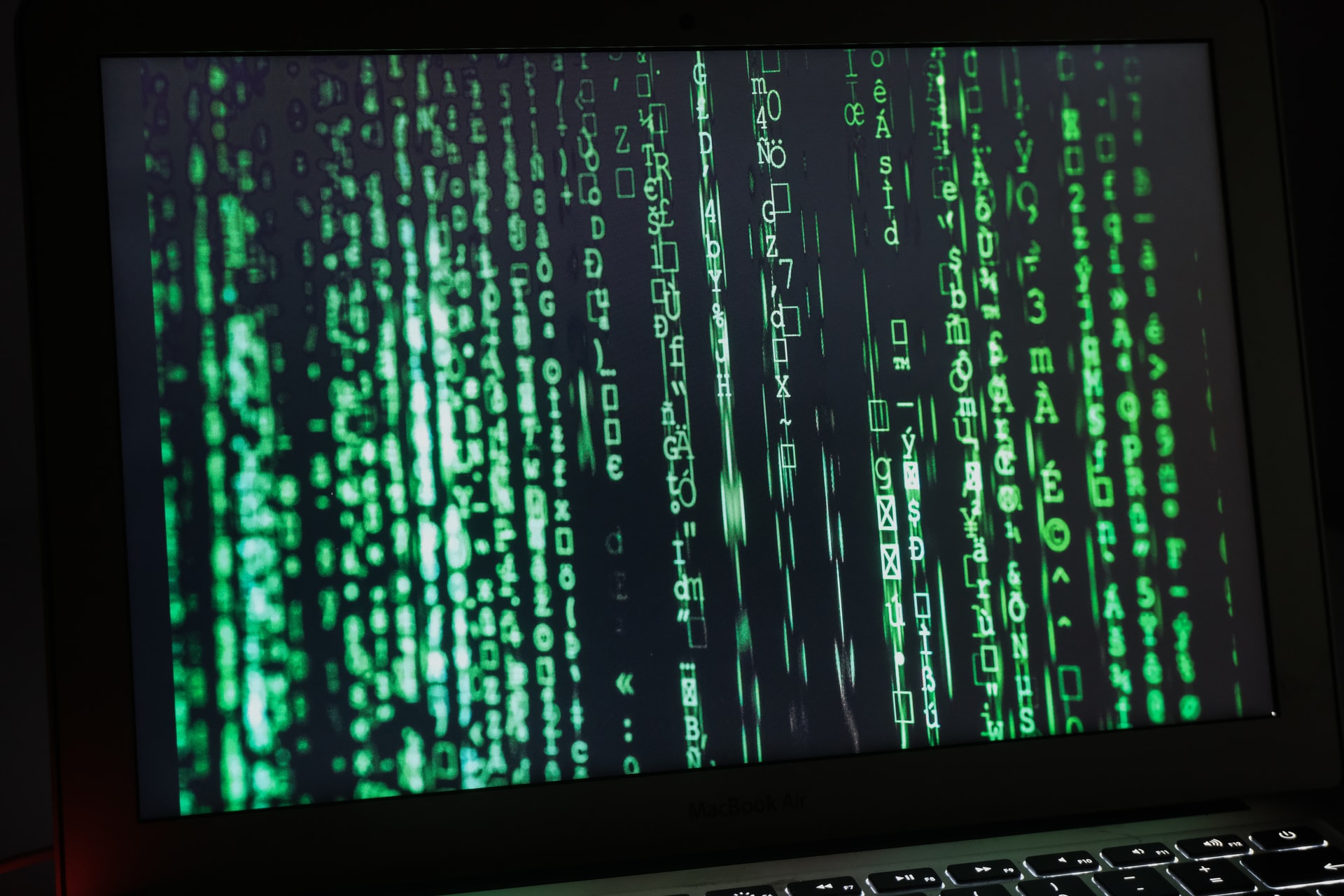A Firewall is a cybersecurity tool that oversees and filters incoming and outgoing traffic on a network depending on an organisation’s previously organised security policies. It acts as a barrier between a private internal network and public internet sources. Hardware, software or cloud-based are among those called firewalls. A firewall’s primary aim is to permit non-threatening traffic and keep unsafe traffic out of the zone with the prevention of any risk. It ceases any harmful traffic requests and data packets while making the accurate traffic pass through the way. It takes the guesswork out of host-level protection and enables them to your network security device.
History of Firewall
Since the 1980s, firewalls have become packet filters that were arranged to assess packets and bytes shared between computers. Although, packet filtering firewalls are still functional in the prevailing times. As the technology evolved over the decades, they have also reached far-long use by the people.
Check Point CEO Gil Shwed set up the first stateful inspection firewall named FireWall-1 in 1993. After twenty-eight years of its introduction, a firewall remains an organisation’s first line of defence against cyber attacks. Today’s firewalls which comprise Next-Generation Firewalls and Network Firewalls, back a wide variety of operations tasked with capabilities with built-in features including Application and Identity-Based Control, Network Threat Prevention, Hybrid Cloud Support and Scalable Performance.
Five Firewall Generations
- Generation 1 Virus: In the 1980s, virus attacks on stand-alone PC’s impacted all businesses and drove antivirus products in the system.
- Generation 2 Networks: Cyberattacks affected all businesses and drove the creation of the firewall in the mid-1990s.
- Generation 3 Applications: In the 2000’s, exploiting vulnerabilities in applications hit most businesses and drove Intrusion Prevention Systems Products (IPS).
- Generation 4 Payload: Nearly the year 2010 witnessed the increase of target, unknown, evasive and polymorphic attacks, which hit most businesses and drove anti-bot and sandboxing items.
- Generation 5 Mega: Approx. 2017, Huge scale, multi-vector, mega attacks using enhanced attack tools in nearly 2917 and is creating enhanced threat prevention ideas and solutions.
Types of Firewall
- Packet-Filtering Firewalls: Being the most fundamental and oldest among all. Packet-filter makes a checkpoint at a traffic router or switch. It runs a simple check of the data packets coming via the router. It evaluates details such as packet type, the destination and origination IP address, port number and other surface-level information with the closing structure of the packet to inspect its contents. If the information packet doesn’t clear the inspection, it is leftover and not taken into consideration. They are not resource-intensive, which implies they don’t have a colossal impact on the system’s activities and are relatively easy.
- Proxy firewalls: They function at the application layer to filter incoming traffic between the network and the traffic source, which leads to the characterisation of “application-level gateway.” These firewalls are via a cloud-based solution or another proxy device. Rather than letting traffic connect directly, the proxy firewall first establishes a connection to the traffic source and inspects the incoming data packet. This check resembles the stateful inspection firewall in that it considers both the packet and the TCP handshake protocol. Proxy firewalls may also run deep-layer packet inspections, assessing the actual contents of the information packet to confirm that it includes no malware. Once the check is accomplished and the packet is sanctioned to link to the destination, the proxy sends it off. It develops an extra layer of separation between the “client” (the system where the packet originated) and the individual devices on the network, concealing them to create additional anonymity and safeguard the network.
- Next-Generation Firewalls: Most of the recently introduced firewall products are being known for “next-generation” architectures. However, there is not as much agreement on what makes a firewall truly next-generation. Some usual features of next-generation firewall architectures consist of deep-packet inspection (assessing the actual contents of the data packet), TCP handshake checks, and surface-level packet inspection.





